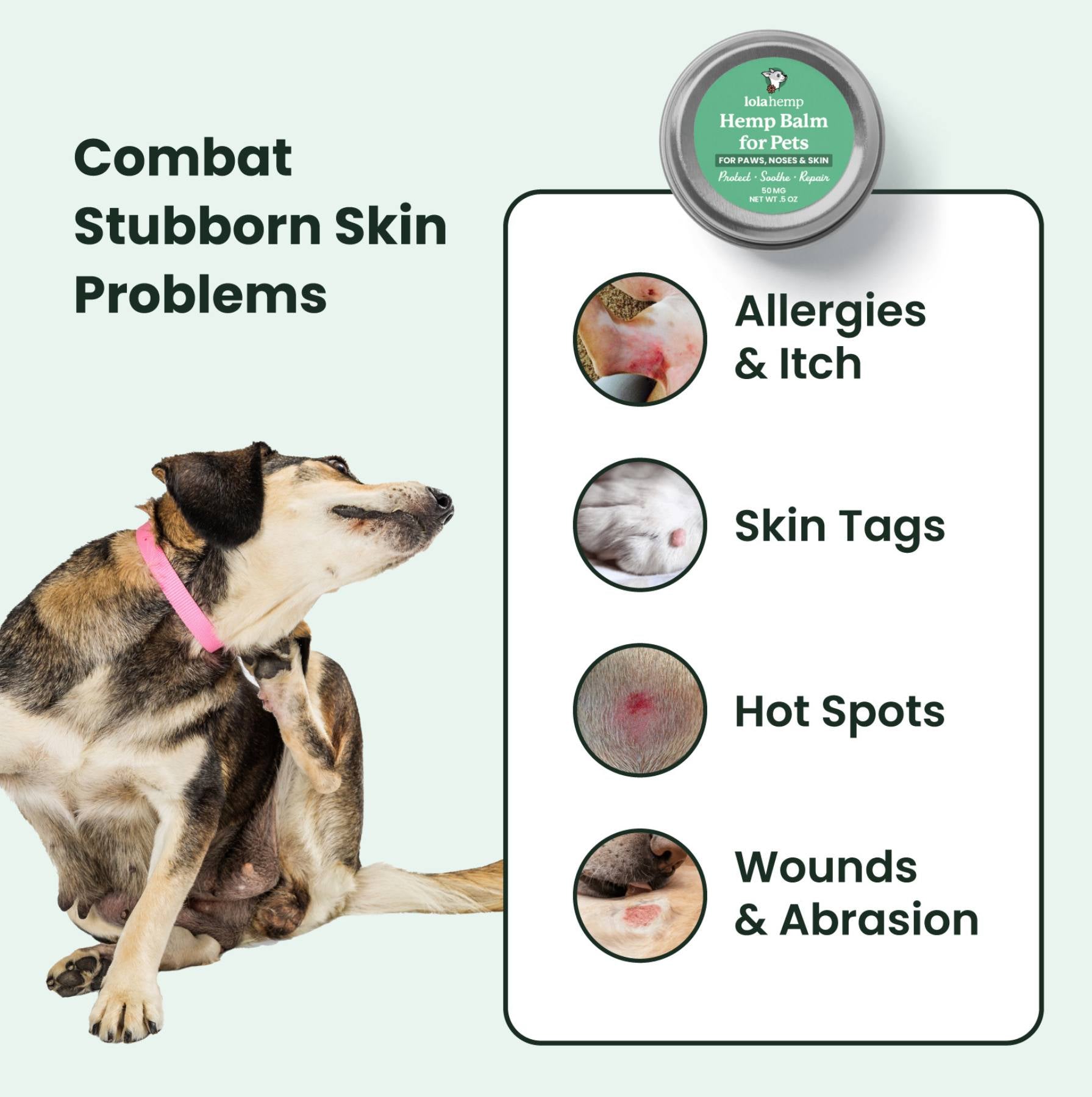Lyme disease, a prevalent illness transmitted by ticks, threatens our cherished canine companions. Ticks can cause disease, great discomfort, a variety of difficult symptoms, and more in dogs. In this comprehensive piece, we will explore the intricacies of Lyme disease in dogs, covering its origins, causes, symptoms, diagnosis, and treatment.
Moreover, we will touch upon additional ailments that can be transmitted to dogs by these tiny parasites. We aim to empower you with the understanding necessary to safeguard your beloved furry pals from this affliction and guarantee their optimal health.
Understanding Canine Lymes Disease
Lyme disease in dogs is caused by the Borrelia burgdorferi bacterium, transmitted through infected tick bites. It's important that you take measures of tick prevention for your dog in order to avoid the transmission of disease.
It's not always possible to avoid tick bites on your dog, but you can give them treatments that prevent the transmission of tick-borne diseases.
Ticks That Carry Lyme Disease
Different tick species spread Lyme disease in various regions:
- Northeast & Midwest: Black-Legged Tick (Ixodes scapularis)
- Pacific Coast: Western Black-Legged Tick (Ixodes pacificus)
- East, Southeast & Midwest: Lone Star Tick (Amblyomma americanum)
- Eastern U.S.: American Dog Tick (Dermacentor variabilis)
Ticks become infected as juveniles after feeding on wildlife hosts like mice and birds. Not all ticks carry Borrelia burgdorferferi, but in endemic regions, over 70% of adult black-legged ticks may be infected.
How Lyme Disease Develops
When an infected tick bites a dog, it takes 24-48 hours for the bacteria to transfer. The bacteria move from the tick’s gut to its salivary glands, then enter the dog’s bloodstream. This can lead to localized or systemic infections affecting multiple organs.
Symptoms of Lyme Disease in Dogs
Many infected dogs show no symptoms, but 5-10% may develop signs 2-5 months post-infection.
Common Symptoms:
- Lameness: Often the first sign, affecting one or multiple joints, recurring in different legs.
- Swollen, painful joints: Stiff gait, reluctance to move, play, or exercise.
- Fever: Elevated temperature, often unnoticed without a thermometer.
- Swollen lymph nodes: Particularly near the bite site.
- Loss of appetite & lethargy: Reduced energy and interest in food.
- Kidney damage (rare but serious): Vomiting, diarrhea, weight loss, increased thirst/urination, and fluid buildup.
Less Common Symptoms:
- Heart abnormalities
- Nervous system issues
- Shifting-leg lameness
When to See a Vet
If your dog shows any of these symptoms and has been in a tick-prone area, seek veterinary care immediately. Early detection and treatment can prevent serious complications.
Treatment for Lyme Disease in Dogs
Lyme disease in dogs is typically treated with antibiotics, most commonly doxycycline or minocycline, given for 4 to 6 weeks. The exact duration depends on the severity of the infection and the dog’s response to treatment.
Antibiotic Treatment
These antibiotics work by stopping bacterial growth, allowing the immune system to clear the infection. However, Lyme disease may not always be completely eliminated, as bacteria can remain dormant and cause future flare-ups. Close monitoring after treatment is essential.
Severe Cases: Additional Treatment
- IV fluids – For dehydration and kidney support
- Pain relief – NSAIDs or steroids for joint pain and inflammation (must be used under veterinary supervision)
- Dietary adjustments – If kidney damage is present
Follow-Up Care
After treatment, regular vet check-ups are important to monitor for relapses. Your vet may recommend blood tests to track antibody levels and ensure recovery.
Dogs Can Be Vaccinated for Lyme Diseases
Vaccination against Lyme disease is available for dogs and can be an additional tool in preventing this disease.

However, it’s important to note that vaccination may not always be 100% effective and should not replace other preventative measures such as regular tick checks and the use of tick preventatives.
Conclusion
In conclusion, while ticks are small creatures, they can carry a variety of diseases that can affect your dog’s health. Therefore, taking preventative measures against ticks is crucial to protect your dog from these potential diseases.
Lyme disease is preventable if you get your dog vaccinated. Affected dogs can be treated, but the process can take a while to fully rid Lyme disease from your dog's system, so be tick-aware!
Frequently Asked Questions About Lyme Disease in Dogs
What are the first signs of Lyme disease in dogs?
Lameness, swollen joints, fever, lethargy, and loss of appetite are often the earliest signs. Some dogs may show no symptoms at all for months after infection.
Can Lyme disease in dogs be cured completely?
Antibiotics can greatly reduce symptoms, but the bacteria may not always be completely eliminated. Some dogs experience flare-ups months or years later.
How long does it take for ticks to transmit Lyme disease?
It typically takes 24–48 hours of attachment for an infected tick to transmit the Lyme-causing bacteria.
Is the Lyme vaccine necessary for dogs?
The Lyme vaccine can be helpful for dogs in high-risk tick areas but does not replace the need for tick preventatives and regular tick checks.
Can dogs pass Lyme disease to humans?
No, dogs cannot directly transmit Lyme disease to humans. However, infected ticks that bite dogs can also bite people, so tick prevention is essential.









